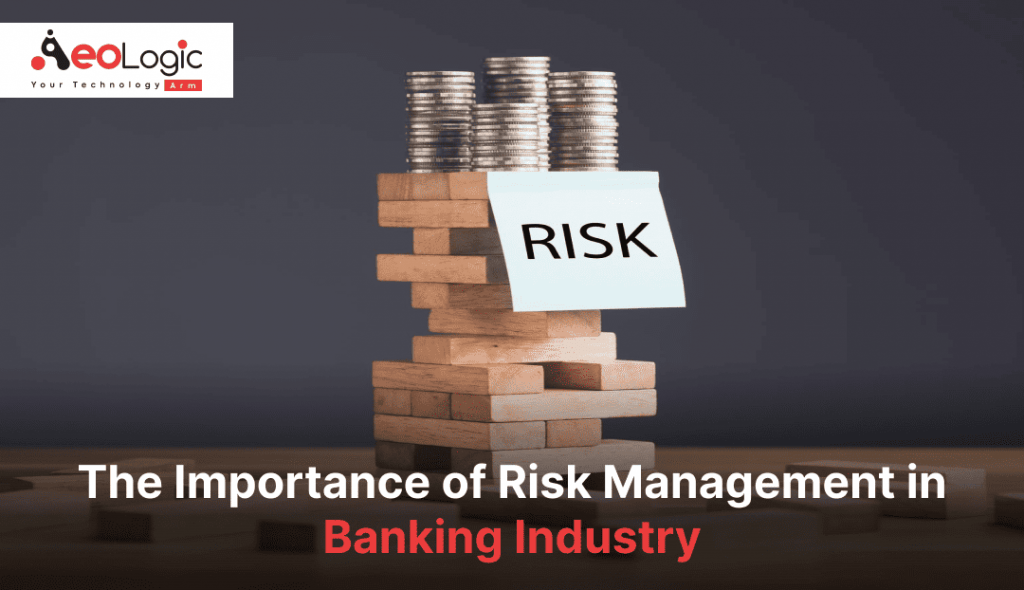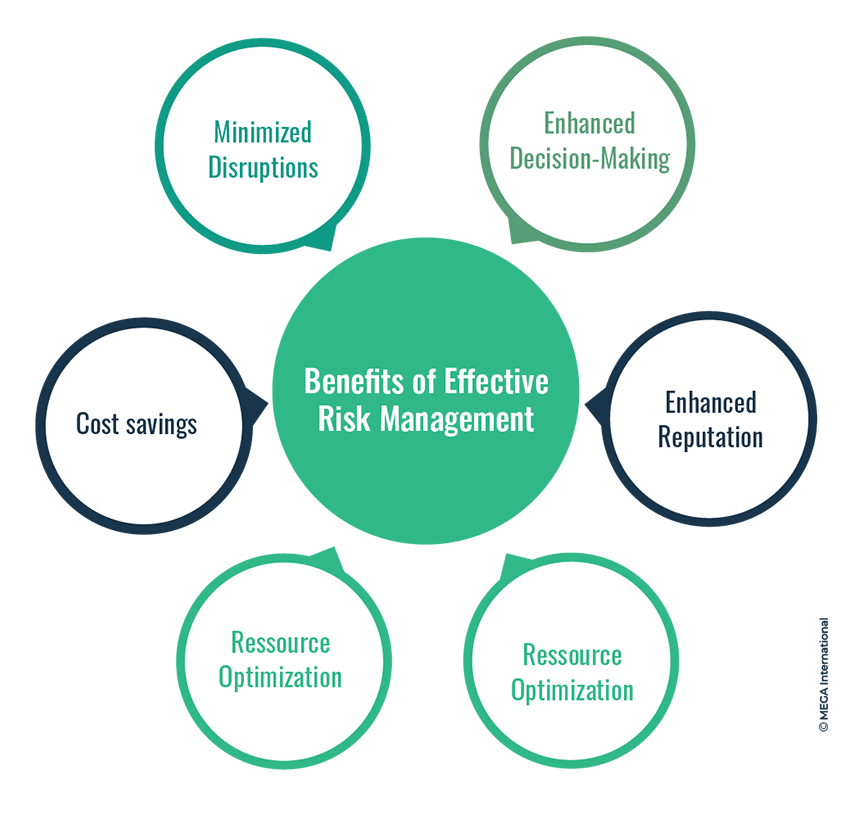The Function and Importance of Risk Management in Ensuring Organizational Continuity
The Function and Importance of Risk Management in Ensuring Organizational Continuity
Blog Article
Exploring the Significance of Risk Management for Effective Decision-Making Strategies
In the detailed world of business, Risk Management arises as a crucial consider the decision-making procedure. The capability to identify prospective risks and chances, and plan accordingly, can mean the distinction in between success and failing. With tools such as SWOT and PESTEL, organizations are furnished to make educated choices, cultivating durability and adaptability in an ever-changing setting. Wondering how this functions? Allow's unpack the dynamics even more.
Understanding the Concept of Risk Management
Risk Management, a vital part in decision-making, is often misinterpreted or oversimplified. Risk Management involves structured and disciplined techniques, making use of information and informative assessments. From monetary uncertainties, lawful responsibilities, strategic Management mistakes, to crashes and natural disasters, it attends to various dangers - importance of risk management.
The Function of Risk Management in Decision-Making Processes
In the world of strategic planning and service procedures, Risk Management plays an important duty in decision-making procedures. It aids in determining prospective risks and uncertainties that can influence the accomplishment of organization goals. By mapping these threats, business can create methods to minimize their impact, making certain business continuity and stability. Risk Management thus comes to be a vital device in decision-making, helping leaders to make educated options based on an extensive understanding of the risks involved. It motivates a positive technique, enabling organizations to expect and prepare for feasible future situations. This substantially lowers the likelihood of unfavorable effects, promoting more reliable and reliable decision-making techniques. For that reason, Risk Management serves as an essential part in the decision-making processes of any kind of company.

How Risk Management Enhances Strategic Preparation
In the context of strategic preparation, Risk Management plays a pivotal duty. Initiating with the identification of possible risks, it better reaches the execution of Risk mitigation measures. The role of Risk Management is not static yet dynamic, as it requires consistent monitoring and adjusting of methods.
Identifying Prospective Risks

Carrying Out Risk Reduction
Having established the importance of identifying possible risks, the following step is to check out Risk mitigation. This procedure entails establishing and implementing strategies to take care of identified dangers efficiently. It is an essential aspect of calculated planning as it boosts decision-making by decreasing prospective adverse outcomes. Risk mitigation approaches can vary from Risk avoidance, Risk transfer, to take the chance of decrease. Each technique ought to be customized to the details Risk, considering its potential influence and the company's Risk tolerance. Efficient Risk reduction needs a deep understanding of the Risk landscape and the potential influence of each Risk. This understanding makes it possible for companies to prioritize dangers and allot resources properly, guaranteeing that more one of the most significant dangers are addressed first.
Tracking and Adjusting Methods
Though Risk reduction is an essential action in calculated preparation, continual monitoring and change of these methods is equally vital. This recurring procedure allows companies to identify brand-new dangers and my blog reassess existing ones, guaranteeing the executed strategies continue to be reliable in the ever-changing company environment. It likewise offers a possibility to evaluate the success of the Risk Management measures, enabling changes to be made where needed, additional boosting calculated preparation. Efficient monitoring and adjustment call for making use of analytics and crucial performance signs (KPIs) to determine effectiveness. These devices provide valuable data-driven insights that can notify tactical decision-making. Tracking and adjusting Risk Management methods is an essential component for boosting an organization's strength and tactical planning.
Situation Studies: Effective Risk Management and Decision-Making
In the globe of service and finance, successful Risk Management and decision-making often offer as the columns of thriving enterprises. These cases highlight the value of sharp Risk Management in decision-making processes. These cases emphasize the important duty of Risk Management in tactical decision-making.
Tools and Methods for Efficient Risk Management
These devices, such as Risk registers and heat maps, help in determining and examining potential dangers. Risk feedback methods, a vital element of Risk Management, involve approving, staying clear of, transferring, or her explanation mitigating threats. With these methods and tools, decision-makers can navigate the complicated landscape of Risk Management, thereby helping with notified and reliable decision-making.
Future Fads in Risk Management and Decision-Making Methods
As we explore the large landscape of Risk Management, it comes to be obvious that the devices and methods used today will continue to evolve. The principle of Risk society, where every member of an organization is mindful and involved in Risk Management, will acquire a lot more importance. These trends declare an even more comprehensive and positive method towards Risk Management and decision-making.
Final thought

Risk Management thus becomes an essential tool in decision-making, assisting leaders to make educated options based on a detailed understanding of the threats entailed. Risk mitigation approaches can range from Risk evasion, Risk transfer, to risk reduction (importance of risk management). Efficient Risk mitigation calls for a deep understanding of the Risk landscape and the prospective effect of each Risk. Risk response methods, a vital part of Risk Management, entail approving, avoiding, moving, or mitigating risks. The idea of Risk culture, where every participant of an organization is mindful and included in Risk Management, will certainly get much more importance
Report this page